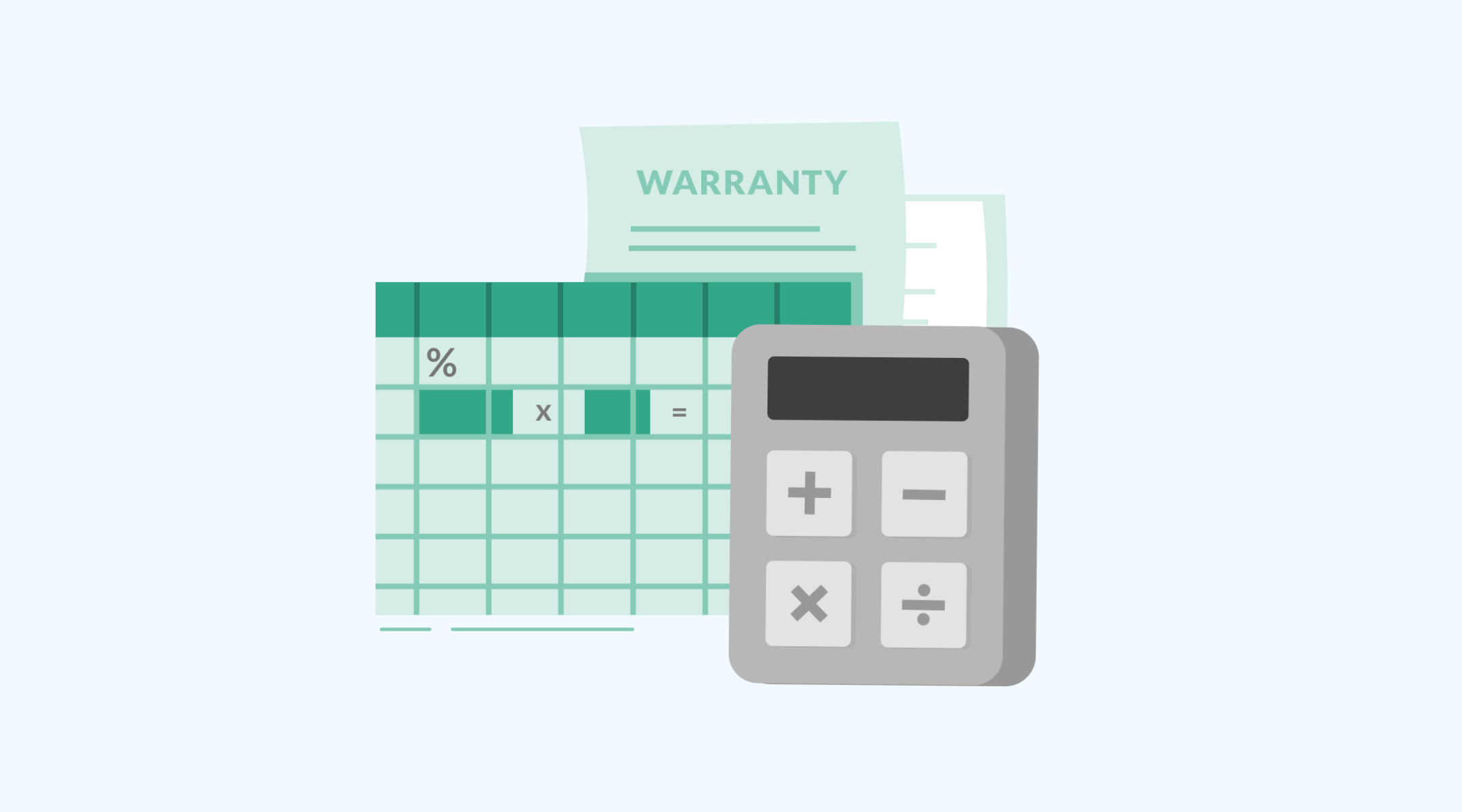Reducing Slow Moving Parts
Every business’ Parts or Service shop is looking for the opportunity to streamline their inventory and cut down their inventory costs. One of the most effective ways of doing this starts with identifying your slow-moving parts. While different organizations have different means of achieving this, the most accurate way is to run inventory checks every 90-120 days, and running a slow-moving Parts report in a fleet management system.
A good practice to follow is to check your total inventory cost/value once a year and return the unused, obsolete and surplus parts. It not only helps to stick to your pre-set quarterly/yearly inventory budgets but also helps in saving valuable warehouse space and financial resources.
1. Identify your slow-moving parts.
On a high-level, a slow-moving part can be defined as a surplus quantity that sits in your inventory for an extended period with little to no usage. Your fleet management software should help you track four variables that can be analyzed to identify a slow-moving part:
- Cost
- Quantity on Hand
- Usage
- Safety Stock Levels
As you continue to measure your part inventory, you can isolate an exact definition of a slow-moving part based on your unique parts workflow.
2. Leverage supplier relationships.
Depending on the nature of the parts and your relationship with the supplier, you may or may not be charged with a restocking fee by the parts supplier. Contact them before initiating a return to see if you can negotiate the restocking fee. Running these reports every quarter can help you to return parts on time to avoid the restocking fee altogether.
3. Implement an inventory and reporting process.
If you have never run a slow-moving parts report for a part before, make sure you take a look at the part usage history since its purchase. Once you have identified historical slow-moving parts in your inventory, you can start running the report each time you perform your inventory check to identify new slow-moving parts. Getting rid of these slow-moving parts will help streamline your inventory, cut storage costs, and release tied up capital.







